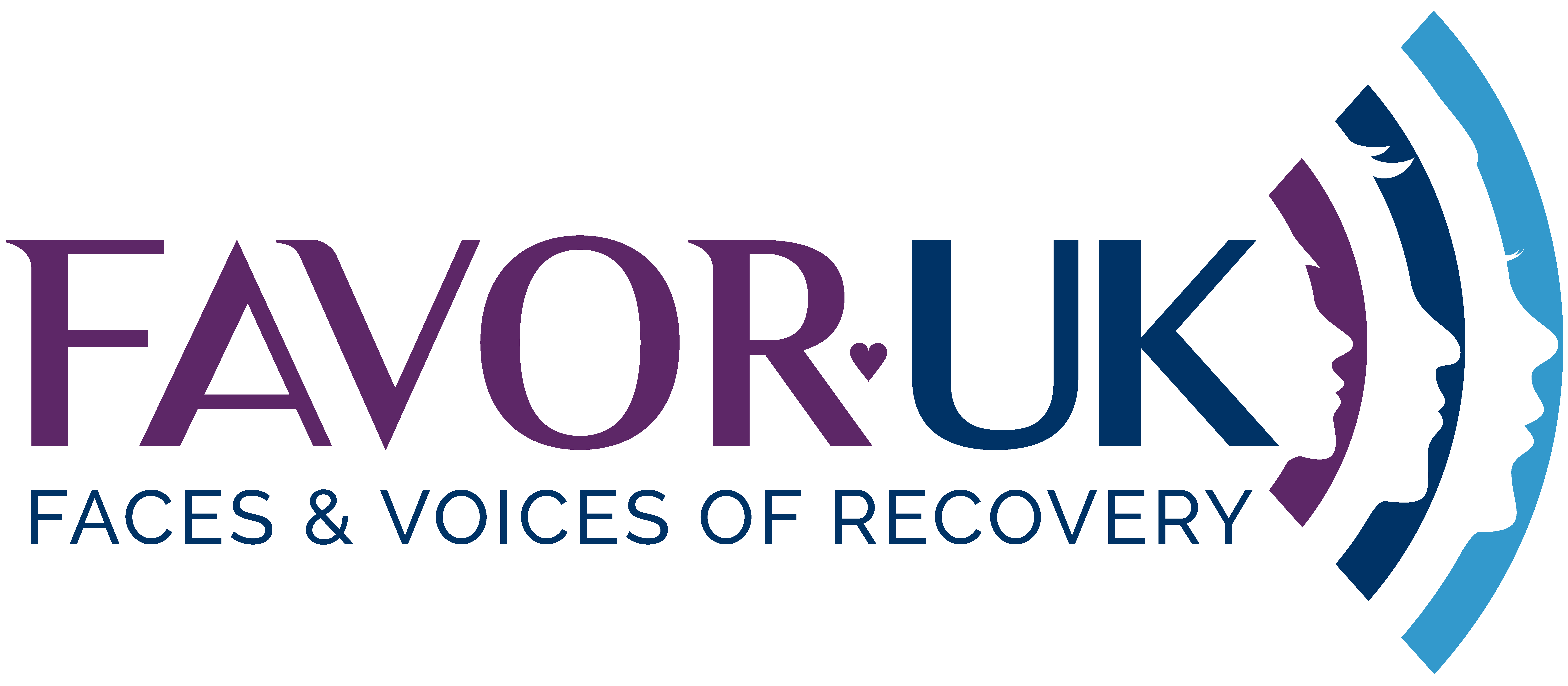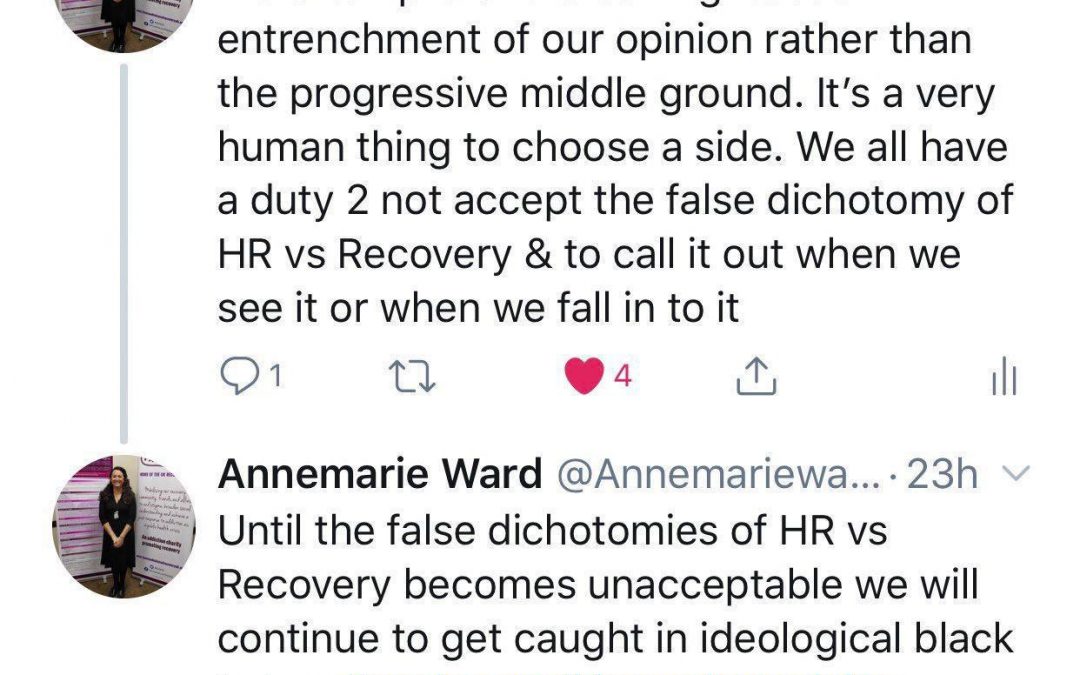The UK is in the midst of a public health emergency: synthetic opioids like fentanyl and nitazenes are claiming lives at an alarming rate. These substances are not just another challenge in the ongoing struggle against addiction—they represent a deadly escalation. Their potency and unpredictability mean that even the slightest mistake can be fatal. To respond effectively, we need a strategy that matches the severity of the crisis, beginning with a brutally honest assessment of what works, what doesn’t, and the dangers of sending mixed messages.
The Hard Truth About Harm Reduction Tools
For the past 25 years, drug policy discussions have increasingly focused on harm reduction interventions. More recently, these interventions have included measures such as drug consumption rooms, drug checking services, and fentanyl test strips. Advocates claim that these tools help people use drugs more safely, thereby reducing overdose fatalities and other health complications. However, we must confront some uncomfortable but crucial truths.
The evidence supporting these interventions often lacks the necessary rigor for endorsing such sweeping policy changes. Much of it is based on self-reported data, which is inherently prone to bias and inaccuracies, and frequently lacks the controlled methodologies required for strong, reliable conclusions (Ritter & Cameron, 2006). More importantly these harm reduction initiatives are heavily promoted by stakeholders with vested interests—whether they are activists motivated by ideological agendas or pharmaceutical companies aiming to profit from an expanding harm reduction market (Bell, 2010).
This so-called “evidence” has now become largely beyond reproach. Any attempt to critically evaluate harm reduction strategies is often dismissed as anti-harm reduction, lacking compassion, or simply judgmental. Such framing stifles meaningful debate and turns this evidence base into an unquestionable doctrine—an absolute truth that cannot be challenged. This ideological rigidity is antithetical to the scientific process, which demands openness, debate, and continuous re-evaluation—particularly in dealing with a crisis as severe as synthetic opioid proliferation (MacCoun, 1993; Fischer, Rehm & Tyndall, 2016).
Sending the Wrong Message
More critically, we must consider the implications of these harm reduction measures. By providing supervised drug use facilities and tools to test the safety of illicit substances, we may inadvertently suggest that there is a “safe” way to use these highly dangerous drugs. Let us be unequivocally clear: there is no safe way to use fentanyl or nitazenes. These substances are so potent and unpredictable that even the smallest miscalculation can be fatal. We cannot afford to create the illusion that there is a responsible or controlled way to use something fundamentally uncontrollable (Fischer, Rehm & Tyndall, 2016).
Lessons from Around the World: What Works and What Fails
Portugal is often lauded as a model for drug policy due to its decision to decriminalize personal drug use. It is true that treating addiction as a health issue rather than a criminal one has reduced stigma and encouraged more individuals to seek help (Hughes & Stevens, 2010). However, let’s not pretend this model is a straightforward solution for the fentanyl crisis. Fentanyl is not like cannabis or even heroin—it is many times more potent, and its presence in the drug supply is often undisclosed (Vardanyan & Hruby, 2014; Suzuki & El-Haddad, 2017). Decriminalisation alone will not prevent overdoses from substances that users might not even know they are consuming.
Portugal’s approach did go beyond harm reduction, with a strong focus on rehabilitation and encouraging people to get off drugs. The decriminalisation policy was paired with a significant expansion of health services, including inpatient and outpatient treatment programs, detox facilities, and therapeutic communities aimed at long-term recovery (Hughes & Stevens, 2010; Health Justice Recovery Alliance, 2023). The “Commissions for the Dissuasion of Drug Addiction” (CDTs) were instrumental in steering individuals toward treatment rather than punishment, further emphasising the importance of rehabilitation (Hughes & Stevens, 2010).
Australia’s Harm Minimisation Strategy
Australia adopted a harm minimization approach, introducing needle exchanges, supervised injecting sites, and opioid substitution therapies. These initiatives have indeed helped reduce the spread of HIV and other infections (Wodak & Cooney, 2006). However, in the context of synthetic opioids like fentanyl, harm minimisation falls short. These approaches do not prevent overdoses or address the core issue. We need to do more than simply make drug use slightly less dangerous (Degenhardt et al., 2006).
A Clear Path Forward for the UK
The answer is not simply more harm reduction; we need to set our sights higher and confront this crisis head-on with bold decisions:
Make Prevention a National Priority: Fentanyl must not be allowed to become just another drug in the UK. Prevention has to be our main focus. We need national campaigns that clearly communicate the severe risks associated with these substances. This is not about fear-mongering but ensuring that everyone understands the real, fatal dangers. The message must be clear: fentanyl and nitazenes are deadly, and no amount of harm reduction can make them safe (Fischer, Rehm & Tyndall, 2016).
Commit to Real Recovery: Many people who want to get clean cannot access the help they need. We must invest in recovery—comprehensive, long-term rehab that helps people not just manage their addiction but overcome it. Harm reduction should never be the end goal; our objective must be to give people their lives back (Duff, 2004; Rhodes & Hedrich, 2010).
Cut Off the Supply Ruthlessly: We need to be relentless in going after the traffickers and suppliers flooding our communities with these substances. These individuals are profiting from misery and death, and they must face the full weight of the law. Simultaneously, we must treat those struggling with addiction with compassion and provide them with opportunities for help, not punishment (Greenwald, 2009).
Demand Evidence Before Expansion: Harm reduction tools like overdose prevention sites must be proven to work in the UK context. We cannot rely on anecdotal evidence from other countries with different drug cultures. Any policy implementation must be based on rigorous, independent studies conducted here at home, not because it seems trendy or compassionate (Potier et al., 2014; Kimber et al., 2003).
Put Communities First: Our response needs to be grounded in community engagement. The communities hardest hit by the drug death crisis must have a say in shaping the solutions. Imposing harm reduction from the top down, without local consultation, has already breed resentment and distrust. We need local, context-specific solutions and the resources to support them (Rhodes & Hedrich, 2010).
We Must Demand More
Harm reduction alone is not enough to solve this crisis. It can be one tool in our strategy, but it cannot be the foundation. We must be brutally honest: fentanyl is a weapon of mass destruction, not a recreational drug. If we focus too much on harm reduction, we risk normalising its use—giving people the false impression that it can be managed safely. That is not just misleading; it is dangerous (MacCoun, 1993; Fischer, Rehm & Tyndall, 2016).
We need a strategy that addresses the root of the problem: preventing initiation, facilitating full recovery, and cutting off supply. We must invest in real treatment options and relentlessly pursue those who profit from the crisis. This crisis demands a response that is as strong and unyielding as the threat itself. The lives of thousands depend on us getting this right. Harm reduction has a role, but only as part of a broader, more ambitious strategy that aims for recovery and takes a definitive stand against the substances ravaging our communities.
References
Bell, J. (2010) ‘The global diversion of pharmaceutical drugs: opioid treatment and the diversion of pharmaceutical opioids’, Pain, 149(3), pp. 373-376.
Degenhardt, L., Day, C., Gilmour, S. & Hall, W. (2006) ‘The “lessons” of the Australian “heroin shortage”‘, Substance Abuse Treatment, Prevention, and Policy, 1, p. 11.
Duff, C. (2004) ‘Drug use as a “practice of the self”: Is harm reduction enough?’, International Journal of Drug Policy, 15(5-6), pp. 363-370.
Fischer, B., Rehm, J. & Tyndall, M. (2016) ‘Strategies to combat opioid use disorders: A Canadian perspective on preventing and responding to the “fentanyl epidemic”’, Substance Abuse Treatment, Prevention, and Policy, 11, pp. 1-9.
Greenwald, G. (2009) Drug Decriminalization in Portugal: Lessons for Creating Fair and Successful Drug Policies. Washington, DC: Cato Institute.
Hughes, C. E. & Stevens, A. (2010) ‘What can we learn from the Portuguese decriminalization of illicit drugs?’, The British Journal of Criminology, 50(6), pp. 999-1022.
Kimber, J., Dolan, K., van Beek, I., Hedrich, D. & Zurhold, H. (2003) ‘Drug consumption facilities: an update since 2000’, Drug and Alcohol Review, 22(2), pp. 227-233.
MacCoun, R. J. (1993


Trackbacks/Pingbacks